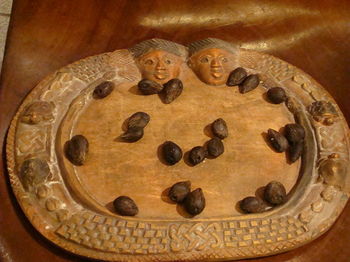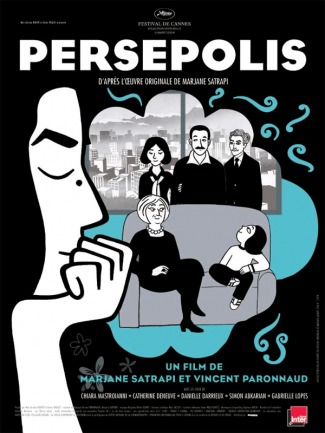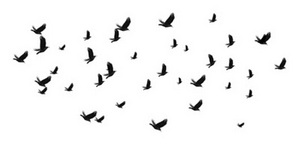 The world’s great divinatory systems – I Ching, Ifa, Tarot – are more than tools for fortune-telling. In their design, the hexagrams, the odu and the cards bring together symbols representing all the forces and processes at work in the world, including those that emanate from a deeper world.
The world’s great divinatory systems – I Ching, Ifa, Tarot – are more than tools for fortune-telling. In their design, the hexagrams, the odu and the cards bring together symbols representing all the forces and processes at work in the world, including those that emanate from a deeper world.
The magnitude of the design is clear in the oldest text of the I Ching, from Mawangdui, where it is written that the ancient sages “drummed” the patterns of heaven and earth into the changing lines. Such patterns give form to the ever-shifting dynamics of manifestation. The world is before you, with all of its players, marshaled in finite numbers adapted to the finite understanding of humans: the sixty-four gua of I Ching, the sixteen master odu and 256 derivative patterns of the Ifa diviner, the 78 cards of Tarot.
A reading is designed to show what forces and factors are at play in a given moment of time, and which are absent. For a devoted reader of one of these systems, what is missing from the field may be as significant as what is present. If you do a daily card reading, for example, and you find that a certain card or suit never seems to show up, you will want to ask yourself why that element or power is absent from your life. A recurring pattern of absence may be comparable to a medical test that reveals, for example, that you do not have enough iron in your body.
Great readers, using any of these systems, rely on memory, intuition and a gift for resemblances. Phenomenal memory is required to learn and carry the poetic oral recitations that hold the possible meanings of Ifa. A great babalawo (“father of the mysteries”, the title of the Ifa divination priest) may carry in his head a hundred poetic stories about each of the odu, and will scan his memory banks in a reading to see which of these, in which combinations, are relevant to his client in that moment. A great reader of I Ching will remember, as coins or yarrow sticks reveal a hexagram, not only the commentaries of past masters that he has memorized, but incidents that followed when a certain hexagram came up before.
In the presence of the Hanged Man, the Queen of Cups or the Seven of Swords, a great Tarot reader may wander through a personal memory palace where each of the rooms holds a living history of each of the cards – its transformations, its consequences – and there is a great room where the cards move together and interact, as in a medieval pageant with its mystery plays.
Intuition may involve courting, or at least being receptive to, the guidance of past masters.
Intuition may involve courting, or at least being receptive to, the guidance of past masters.
In China, for many generations, the yarrow stalks preferred for casting the I Ching were plucked from the gravesites of previous masters, including Confucius. The babalawo recognizes that certain odu not only feature the ancestors or the orishas (the gods and demigods of the Yoruba) but may announce their irruption into the space. When the pattern of Ogun, the iron lord of justice and retribution, is revealed, everything comes to a stop while his praise-names are chanted. Those who work deeply with variants of Tarot based on Kabbalah or the work of Western esoteric orders may come to feel they are in contact with the intelligences of some of those who traveled before them on the roads of the Tree of Life.

